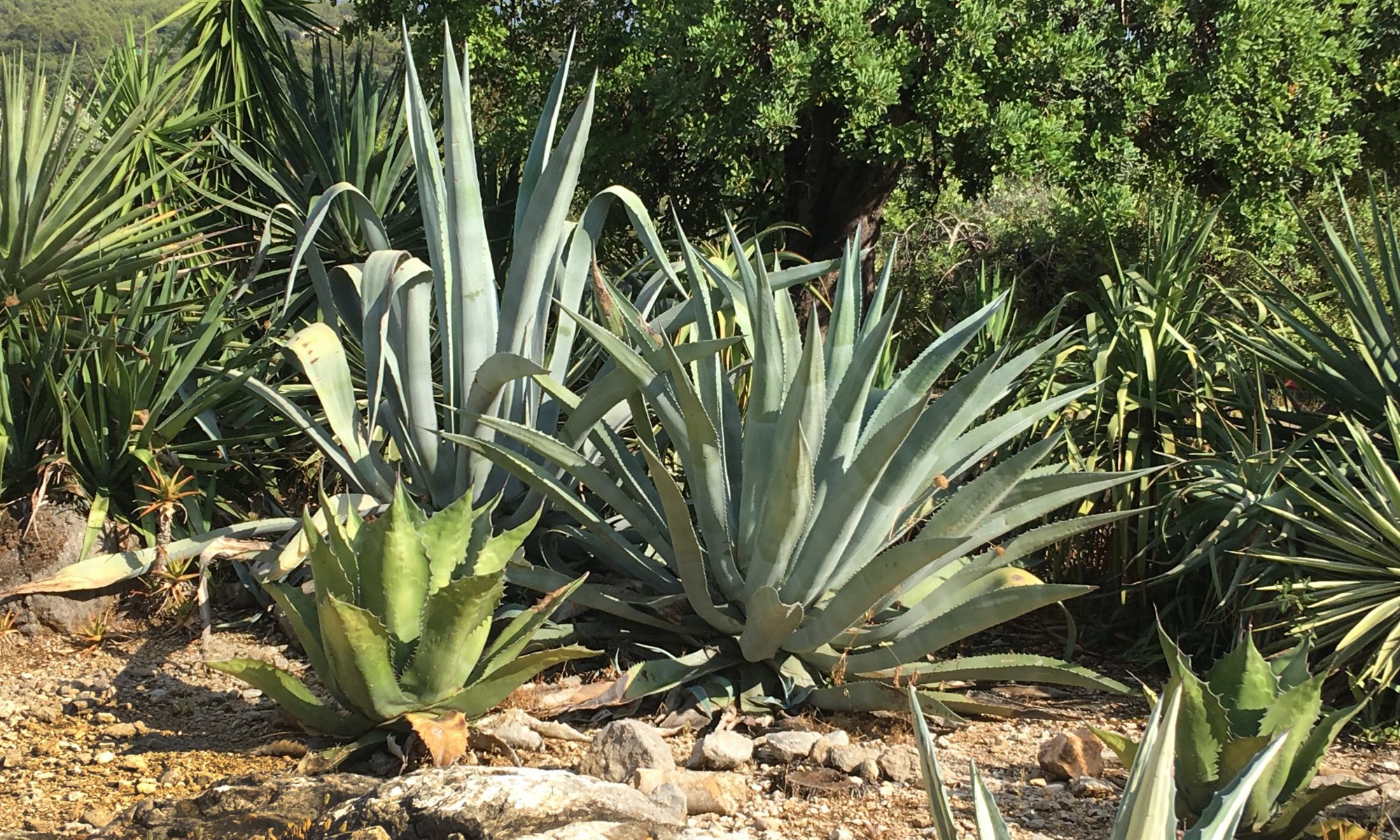With more hot summers predicted Sue Whigham suggests we – carefully – embrace cactus.
As we all know, temperatures in the UK almost broke records last summer with endless days of scorching heat reaching over 35C and it looks likely to happen again.
An article I read in one of the reputable dailies quoted research carried out by scientists from the University of Brest which was published in the highly respected journal Nature Communications before the heat wave, predicting that from 2018-2022 we should expect ‘an increased likelihood of intense to extreme temperatures’.
Well, they got that right, so we should probably believe them about the next few years.
Gardeners amongst us had a good spring after a hard winter but it was sad to see our efforts crisp up as the drought lengthened and lengthened. So perhaps what we need to do now is to take current phenomena into account and plant accordingly. One place to start is to see what is looking good and what has suffered the most from lack of water.
Thank goodness we didn’t have a hosepipe ban otherwise things would have been pretty dire. It certainly reminds us that a good, deep mulch on our borders helps retain moisture as well as feeding the plants.
However, we could perhaps consider growing more cactus and succulents which are adapted to drought conditions and retain water in their fleshy leaves and in some cases, their root systems. Look how good sedums are still looking in early autumn, whilst all around them other plants look as if they have turned up their toes.
“They are the perfect plants for the young, as they require little care and are almost impossible to kill”
Cactus (all cactus are succulents but not all succulents are cactus) had their heyday in the 1970’s, then went completely out of fashion but are now having a huge resurgence. I see that Selfridges and Top Shop’s flagship store in Oxford Street have in-store cactus shops and promotions on line.
They are the perfect plants for the young who tend to be out a lot or perhaps live in flats without access to gardens, as they require little care and are almost impossible to kill. Having said that, if you do give them attention you will soon notice the results.
They are also very enthusiastically collected, sometimes for nostalgic reasons, by people who as children used to nip down to Woolworths and spend their pocket money on a cactus or two on a Saturday morning.
Gynelle Leon is one of the people leading this hike of interest in cactus. She opened her shop, Prick, in uber trendy Dalston, East London, a couple of years ago and business is booming. She says that whilst the younger generation are ‘behind the boom’, she has many people, older men particularly, whose parents used to collect cactus and are now setting up their own collections.
Meanwhile, the cactus shop is booming at the Camden Garden Centre, selling around 400 different varieties of the spiny plants. They have even had cactus festivals there with their cafe providing cactus-themed food.
And reading reviews of The Cactus Shop down in Devon, I was taken with the lady who had left the premises with thirty-seven new plants, a grumbling husband and a big smile on her face!
So what attention do these plants need? To start with they prefer, no, must have, a well-drained soil. Bearing in mind where many of them originate, the idea is to emulate those conditions. I’ve recently seen huge aloes growing on rocky screes in the north west of Majorca in what seemed impossible growing conditions. You can buy special succulent composts.
Give the plants as much sunlight as possible. They’ll suffer in a dark corner. A sunny windowsill is ideal. Water them every seven to ten days in the summer and every three weeks or so in the winter making sure that the soil is pretty dry before you water again. Overwatering causes the plant’s roots to rot off and its leaves to turn brown and unhealthy looking. If you use a wooden skewer to prod into the soil, as you would check whether a cake is cooked through, you’ll know that it is time to water if the end is dry.
Many cactus originate from Mexico, a country rich in biodiversity. The Sonoran desert in the north of the country and the south west USA is home to cactus such as the saguaro, the cardon and the organ pipe.
This arid region covers approximately 100,000 square miles of SW Arizona and South Eastern California as well as Baja California and the western half of the Mexican state of Sonora. The Saguaro Cactus is the one you spot in ‘cowboy’ films where you see nothing for miles and miles except the cactus and the horizon.
Should you want inspiration closer to home though take yourself off to the Majorelle Gardens in Marrakech where there is an absolutely stunning collection of cactus and succulents. The garden was the creation of Jacques Majorelle, a French artist who started what was a forty-year love affair with the place in 1923.
In the centre of the garden is a Cubist building painted the most wonderful clear cobalt blue which Majorelle patented as Majorelle Blue. It is a fantastic backdrop to the collection of plants there. Yves Saint Laurent and Pierre Bergé bought the garden in the 1980s after it had fallen into disrepair. They restored it and continued Majorelle’s work. There is now a YSL museum to visit if you can tear yourself away from the plants.
Prick prickldn.com The Cactus Shop cactusshop.co.uk
Sue Whigham can be contacted on 07810 457948 for gardening advice and help in the sourcing and supply of interesting garden plants.
TEST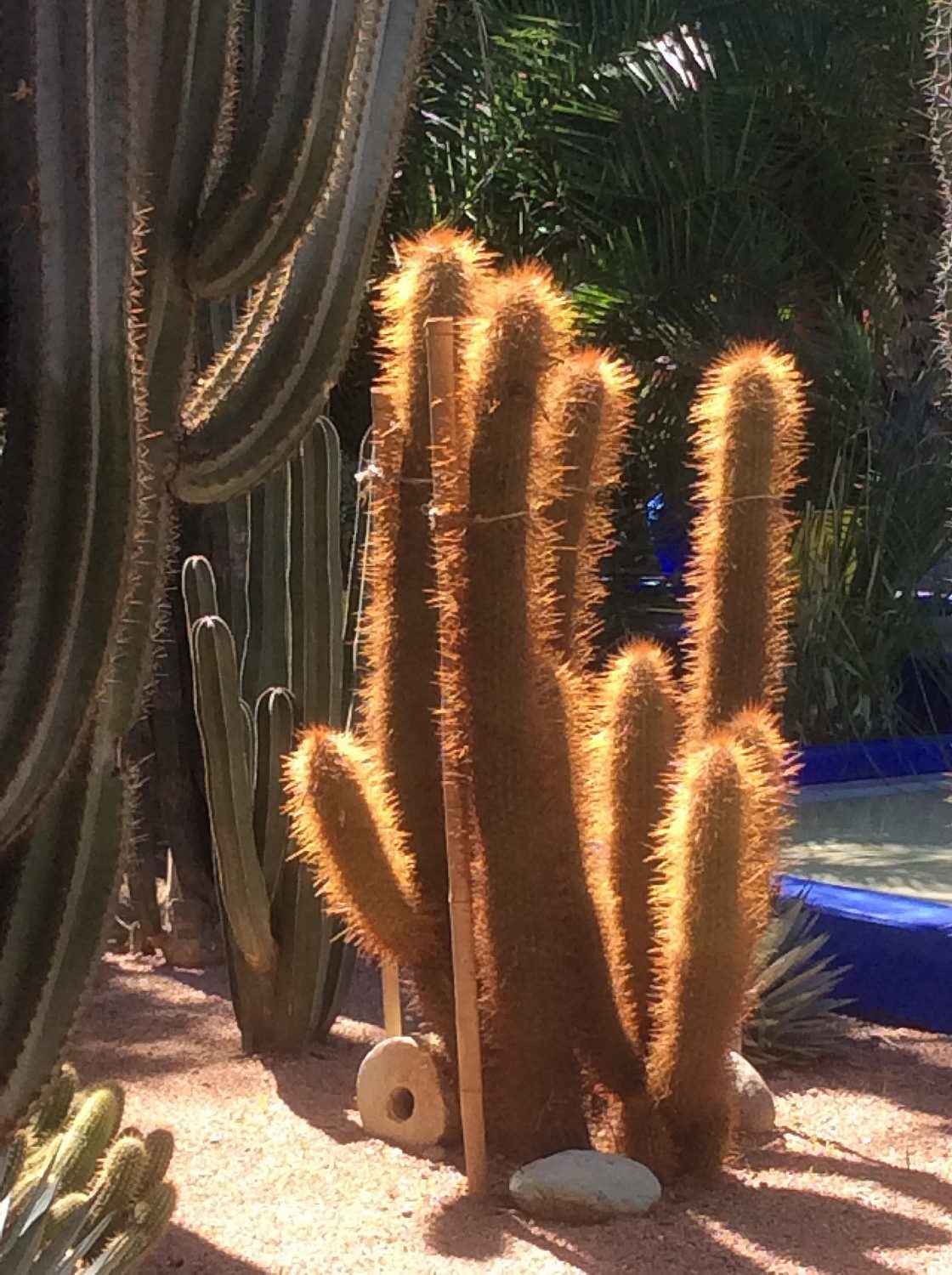
Cacti in the Marjorelle Garden, in Marrakech, restored by Yves Saint Laurent and Pierre Bergé
TEST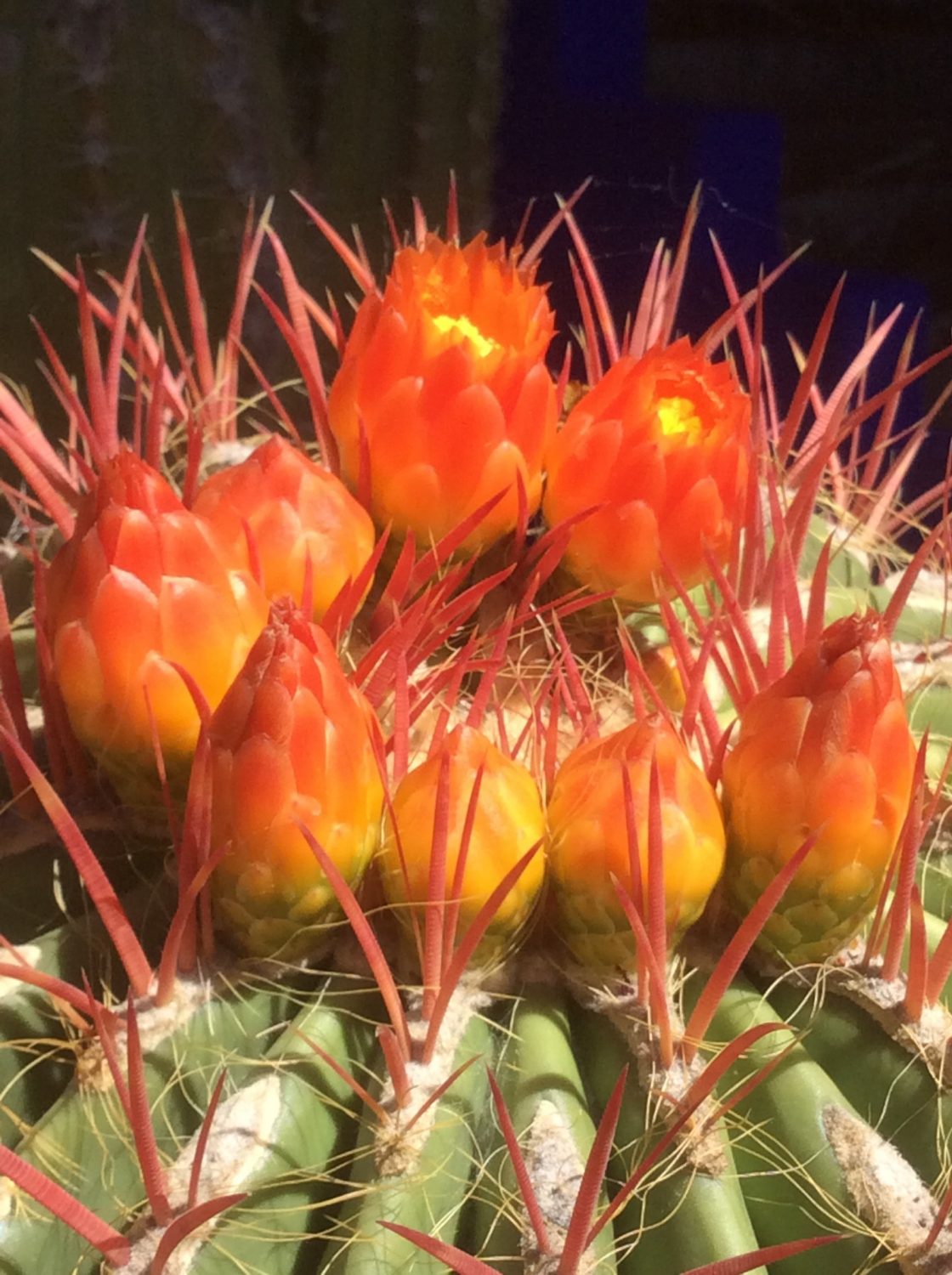
Many cactus originate from Mexico, a country rich in biodiversity
TEST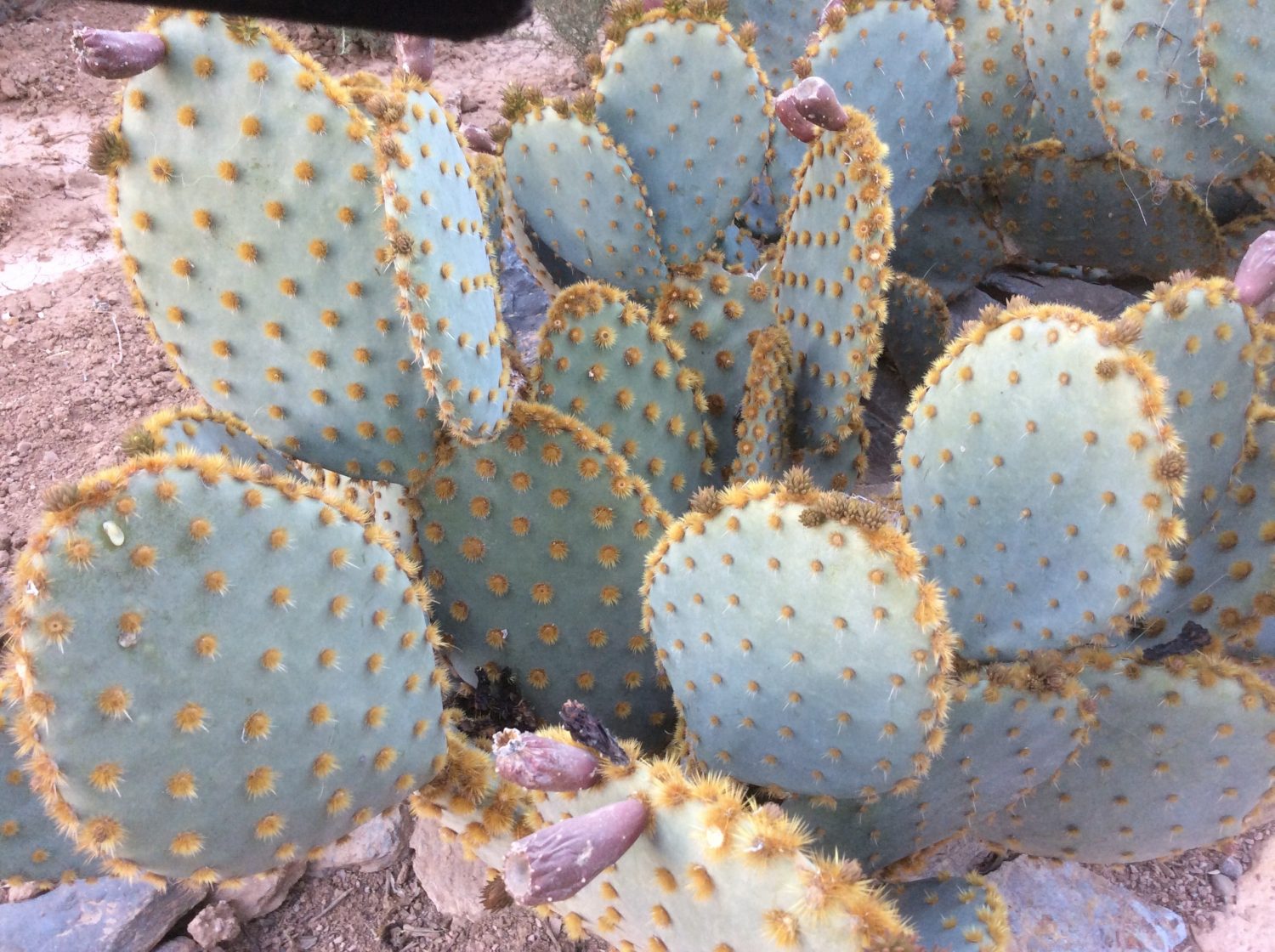
Cactus are the perfect plants for the young who tend to be out a lot or perhaps live in flats without access to gardens, as they require little care and are almost impossible to kill
TEST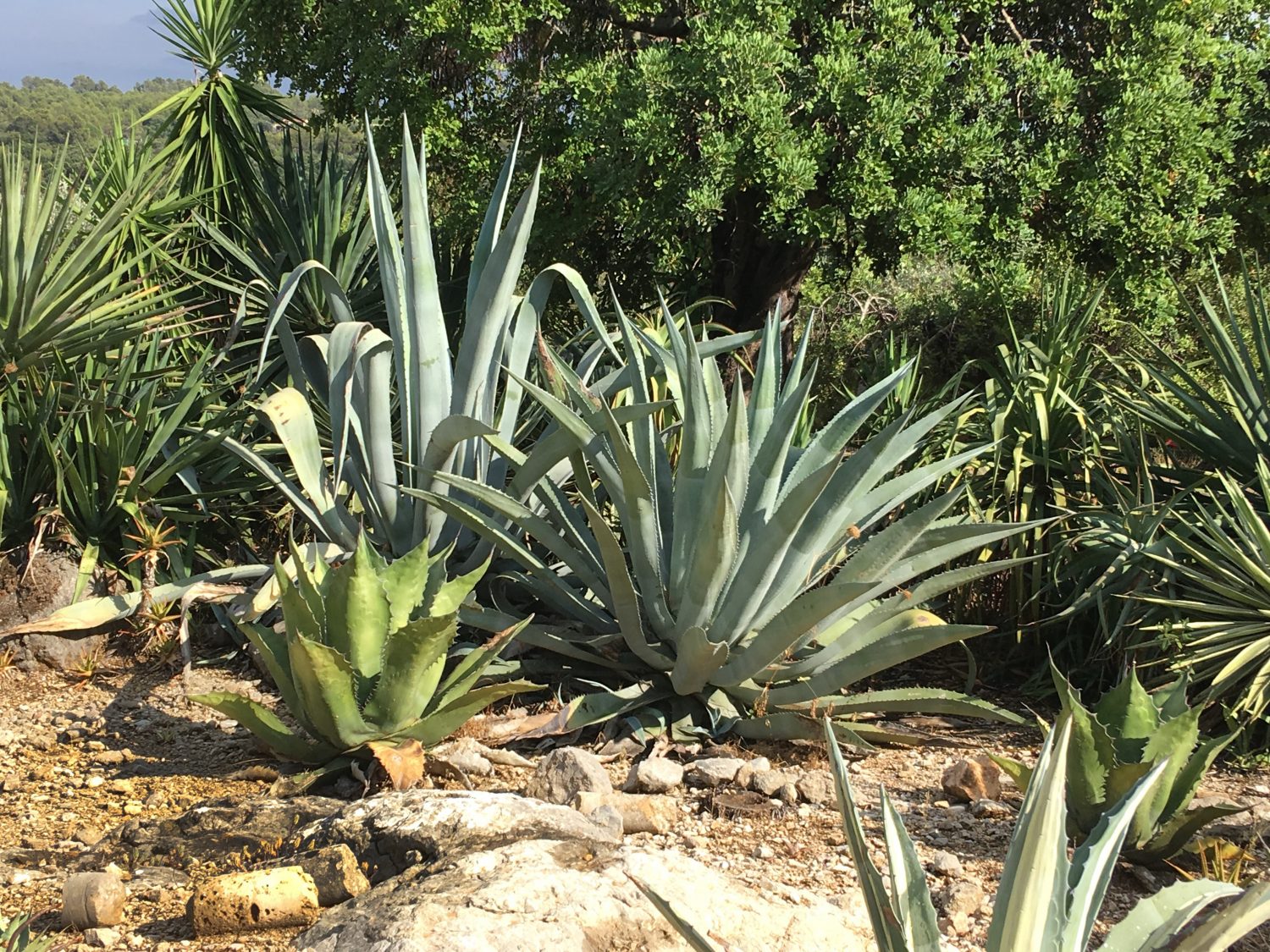
A succulents garden in Majorca
You may also like
Go with the Flow
Sue Whigham shares some valuable new-to-gardening advice I’m sure that by now we should be used to the rain but I’m not entirely sure that we are. We had a dry, sunny day the other day and how everybody’s mood...
Farm Fables
Jane Howard gets to the bottom of why so many ponds have disappeared across the High Weald I have a new passion, almost an obsession, it’s about ponds. And there’s a distinct possibility I might become a bit of a...
Hedge Issues
Sue Whigham takes a meander along nature’s verdant and vital corridors Recently the BBC’s Today programme carried a feature about England’s hedgerows which created a lot of interest among listeners. On the strength of that, Martha Kearney interviewed one of...
